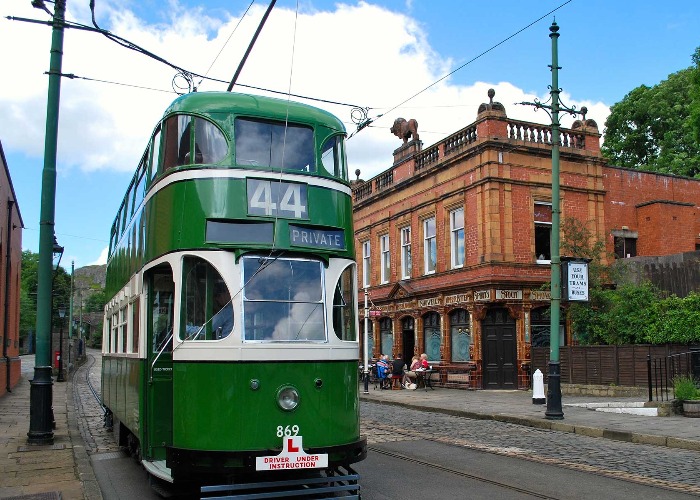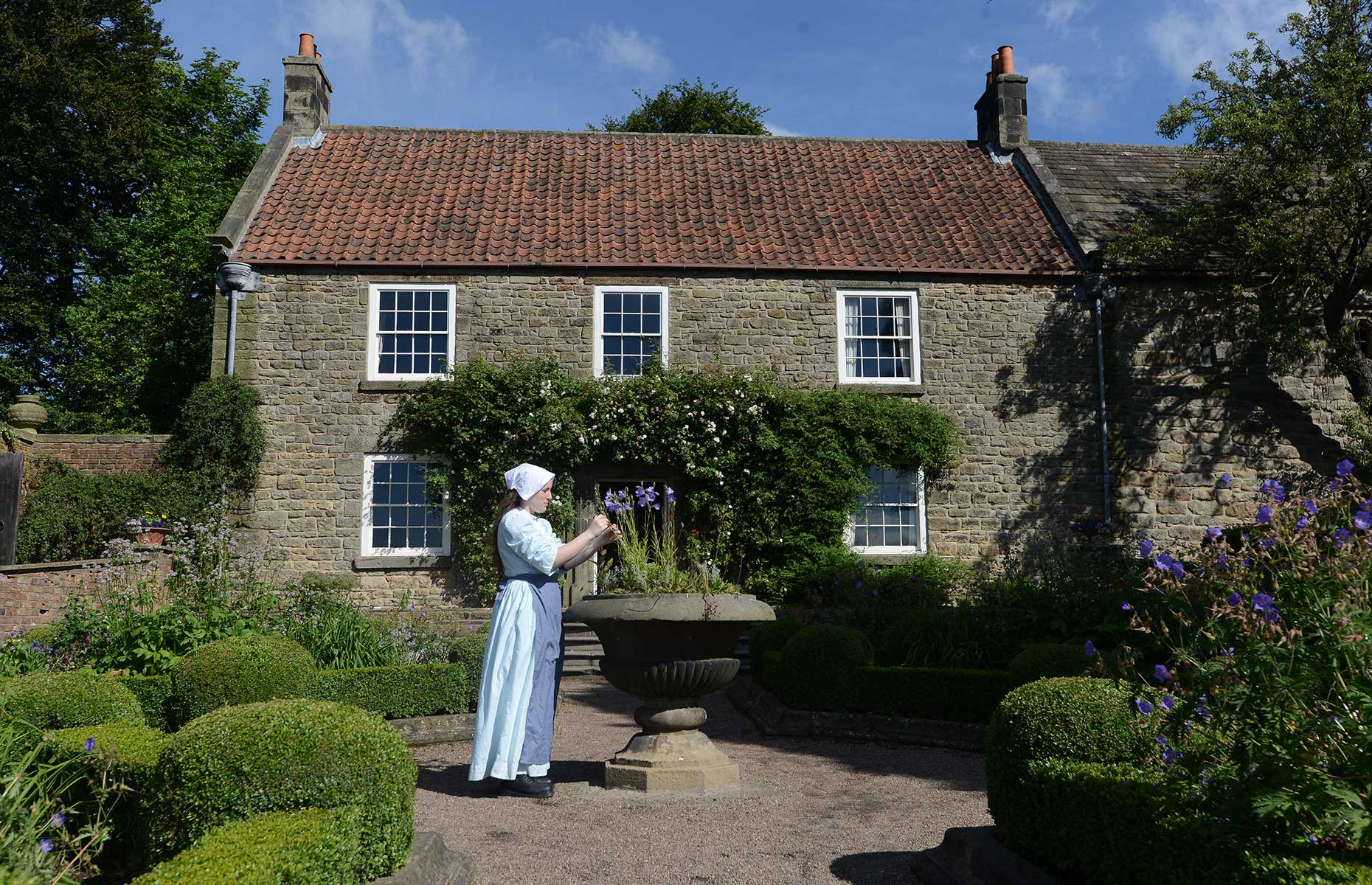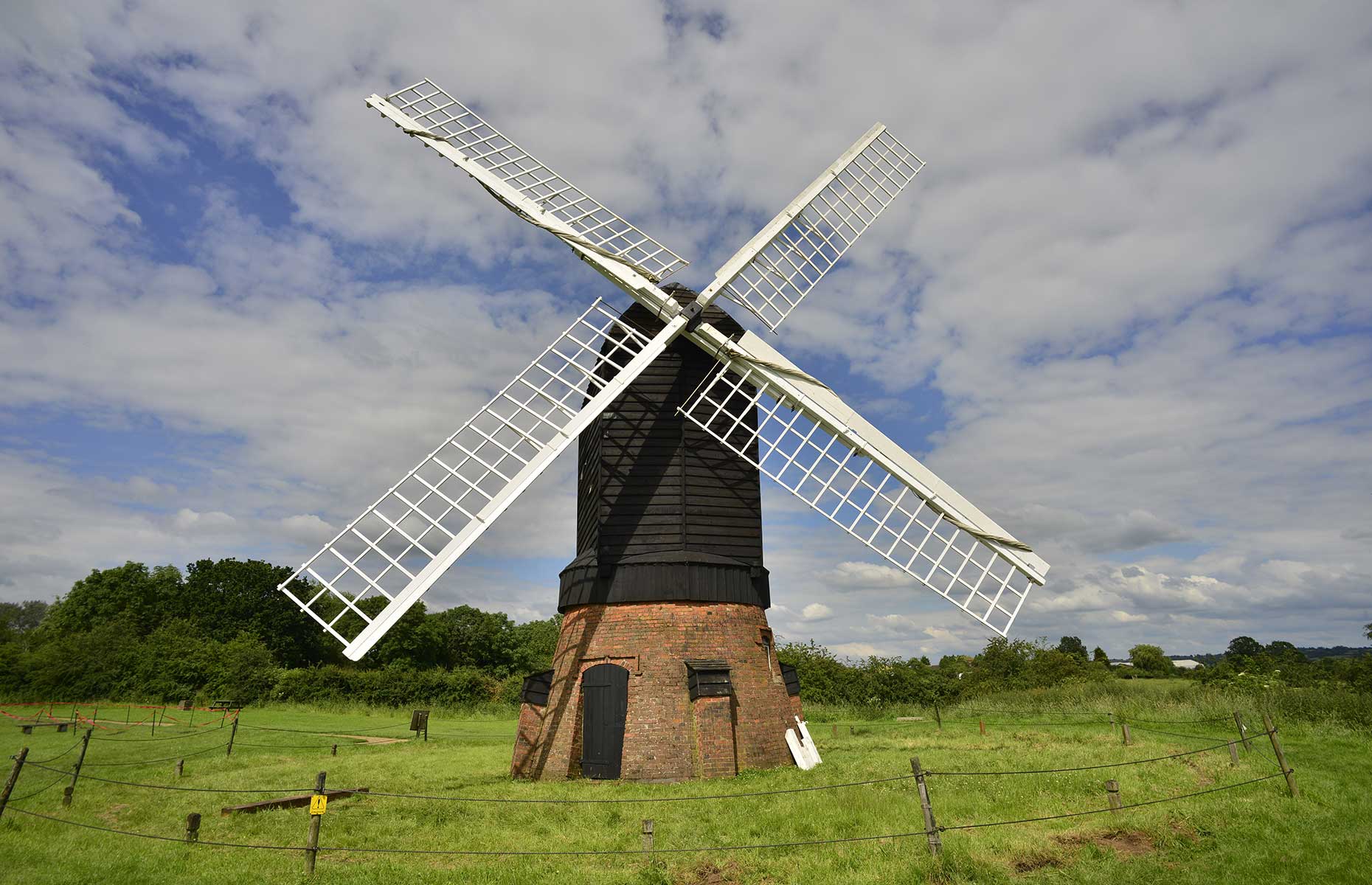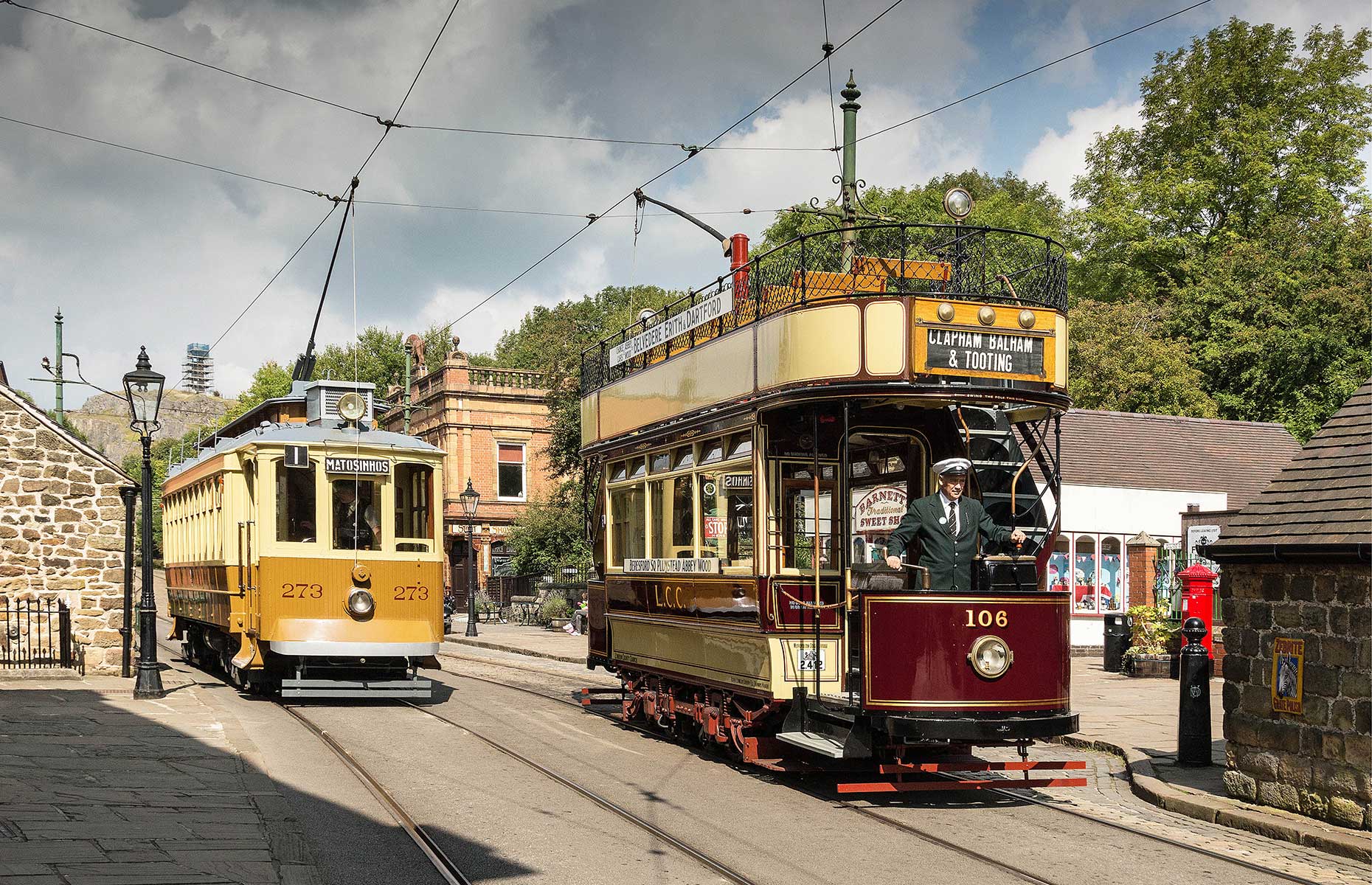England's most charming open-air museums

Craving a museum fix but keen to avoid crowds and confined spaces? A visit to one of the UK’s brilliant open-air museums might just be the solution...
They say the past is a foreign country and they do things differently there. Not so for summer 2020. These open-air living history museums combine travelling back in time a few decades or centuries with easy social distancing that doesn’t feel amiss in these modern COVID-19 times.
So, if you want to avoid the school summer holiday hordes, here are five family-friendly outdoor spots where you can let your imagination – and the kids – run riot.
1. Black Country Living Museum, Dudley, West Midlands
Located to the west of Birmingham, the Black Country Living Museum is one of the best in the Midlands – a 26-acre, open-air replica of a Black Country town, created to offer an insight into the region’s transformation into an industrial powerhouse.
The shops and small businesses you’ll discover were painstakingly moved here from towns and villages throughout the Black Country. Highlights include Emile Doo’s Chemist Shop, where you can learn about weird and wonderful treatments prescribed in the early 20th century and the museum’s workshops, where blacksmiths turn hot metal into chains, nails and tools.
There are also various new projects in the pipeline too and the museum’s next big project will be a replica of a 1940s to 1960s town centre, due to be unveiled in early 2022.
READ MORE: These are the world's most beautiful museums
2. Beamish, County Durham
The UK’s most famous open-air museum is an enormous, tribute to life in Britain from the 15th century to the early 20th century.
No detail has been overlooked at Beamish, whether it’s Pockerley Old Hall, that dates back to the 1440s and is fringed with gardens filled with Georgian-era plants, or the colliery, complete with its railway, miners’ cabins and engine house.
 Courtesy of Beamish
Courtesy of Beamish
The museum’s many events are all intended to give visitors hands-on experience of subject matters that aren’t necessarily covered during school history lessons. Our favourites include the opportunity to experience a day in the life of a Georgian maid and the chance to learn about the history of taxidermy.
The museum is currently operating a booking system so it's best to purchase tickets before you travel.
3. Weald and Downland Living Museum, Chichester, West Sussex
This beautiful museum, in the heart of the gorgeous South Downs National Park, focuses on the history of rural life in England – and has done for over 50 years.
The dog-friendly, 40-acre site includes everything from a 17th-century watermill that still produces flour and the Eastwick Park Dairy (opened by Downtown Abbey star Hugh Bonneville in late 2019) to an Anglo-Saxon house modelled on one which once stood in Steyning, West Sussex in 950AD.
There’s a packed calendar of events and endless opportunities to pick up a new skill, whether it’s with a cooking workshop in the museum’s Tudor kitchen, a woodworking masterclass or a lesson in spoon carving. The 40-acre expanse also features plenty of wildlife, including oxen, shire horses, Southdown sheep and saddleback pigs.
READ MORE: The UK’s most stunning national parks
4. Avoncroft Museum of Historic Buildings, Worcestershire
There are over 30 lovingly-restored buildings and structures at this sprawling museum site, and some are truly bizarre. Some of the strangest examples include the huge collection of public telephone boxes dating from the 1920s to the present day, and a tin church, transported to the site from Whitbourne, Herefordshire, where it was built in 1891.
The buildings have all been carefully chosen for their ability to provide visitors with an insight into life during the eras in which they were built.
 jamesdavidphoto/Shutterstock
jamesdavidphoto/Shutterstock
Visit the dovecote, for example, and you’ll learn how doves could only be kept by lords of the manor until the start of the 17th century, and how they were an important source of both meat and manure for locals.
5. Crich Tramway Village, Derbyshire
You don’t have to be a train (or should that be tram) spotter to appreciate this beautiful museum near Matlock, Derbyshire.
You’ll find trams dating from 1860 to 1960, ranging from horse-pulled contraptions to steam-powered mean machines.
 Courtesy of Crich Tramway Village
Courtesy of Crich Tramway Village
Our favourite bit? The fully-restored trams that rattle along the mile-long track, giving visitors a chance to hop onboard for a journey back in time.
Don’t leave without toasting your favourite tram in Crich Tramway Village’s Red Lion pub, a historic Stoke-on-Trent pub that was rebuilt on-site, brick by brick.
Main image of Crich Tramway Village: Chris Jenner/Shutterstock
Comments
Be the first to comment
Do you want to comment on this article? You need to be signed in for this feature